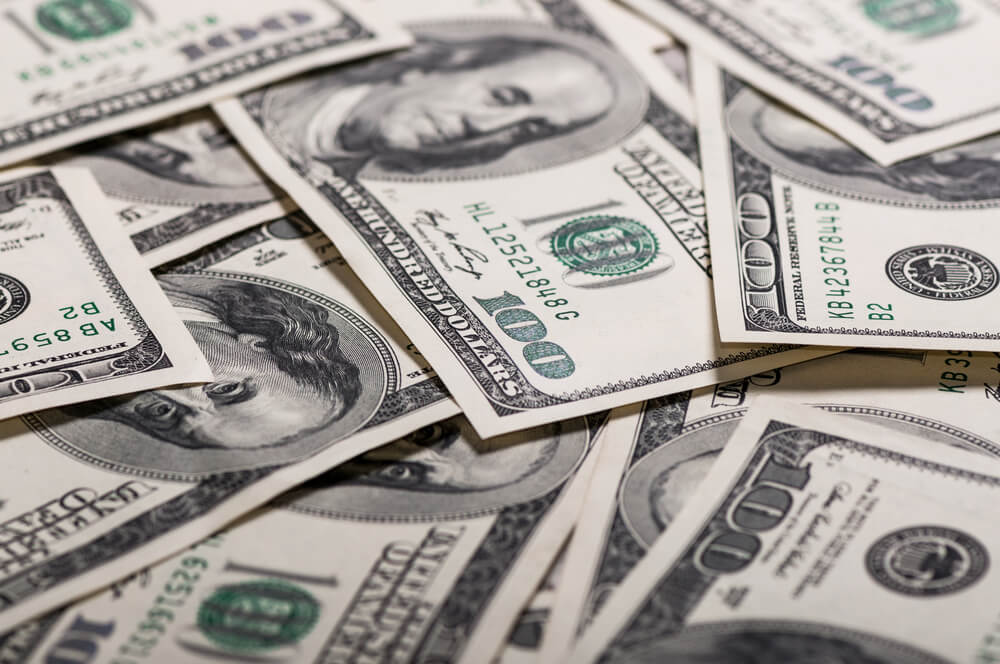On Wednesday, the dollar struggled to make progress in cautious trade.
This is as concerns over the trade dispute between the U.S. and China extended and the effects on the global economy saw bond yields continue to drop.
The U.S. dollar index against a basket of six major currencies inched up to 97.98 by after tumbling 0.1% overnight.
The greenback had an unstable start to the week but improved as safe-haven Treasury yields recoiled from multi-year lows.
Meanwhile, U.S. President Donald Trump wanted to ease trade tensions by forecasting another round of talks with Beijing.
However, China’s foreign ministry restated on Tuesday that it had not received any recent telephone call from the U.S. on trade.
In recent days, an increase in the trade tensions between the world’s two largest economies has shaken financial markets.
This was after both sides warned to blow off tariffs on each other’s goods worth billions of dollars.
The dollar’s rivals, particularly the safe-haven yen, have been enhanced as falls in long-term Treasury yields excavated the inversion of the U.S. yield curve.
A bond yield curve reverses when long-term yields trade below short-term yields and is commonly measured as a signal of an approaching economic recession.
Forex Market’s Further Movements
The yield on benchmark 10-year Treasuries stable at 1.4861%, compared with the two-year yield of 1.5220%.
The dollar strengthened at 105.79 yen after dropping 0.35% overnight. On Monday, it recovered from an eight-month low of 104.46 hit.
The euro was even at 1.1085 after being dragged down 0.1% on Tuesday.
This happened when they managed to regain some of the intraday losses on anticipations that a snap election in Italy could be avoided.
The British pound glided 0.17% to 1.2267. Meanwhile, Sterling had hit one-month highs on Tuesday.
It was after Britain’s opposition leader Jeremy Corbyn indicated he would do everything necessary to avoid a no-deal Brexit.
The Australian dollar weakened 0.16% at 0.6740. This was after Reserve Bank of Australia Deputy Governor Guy Debelle said a waning domestic currency was backing the economy.
Moreover, further declines would be beneficial.
Early in August, the Aussie has tumbled to a decade-low of 0.6677. It was weighed by factors including RBA’s monetary easing bias and a depressing economic outlook in China, Australia’s largest trading partner.
















